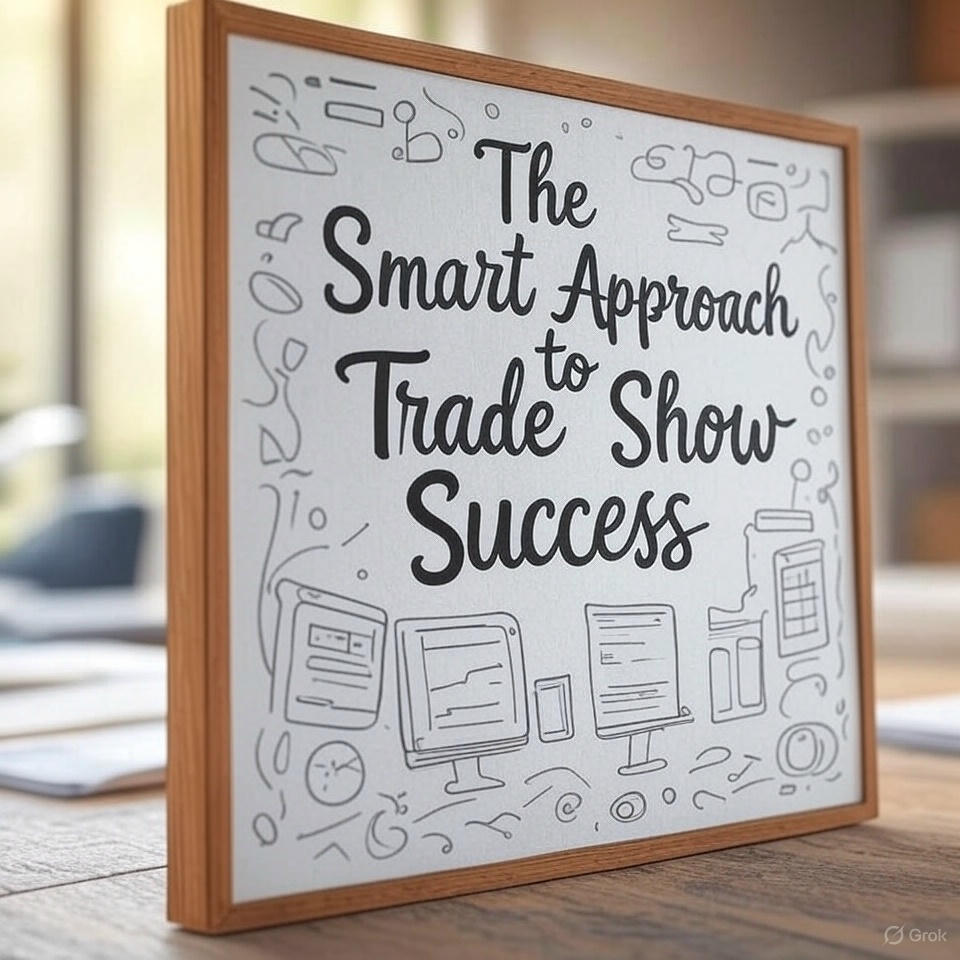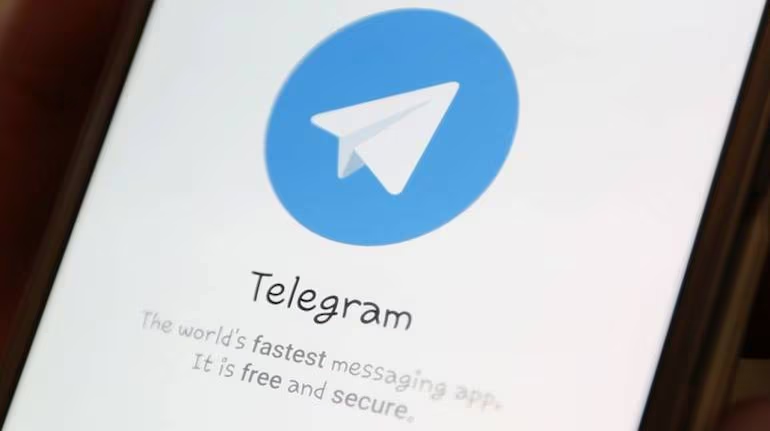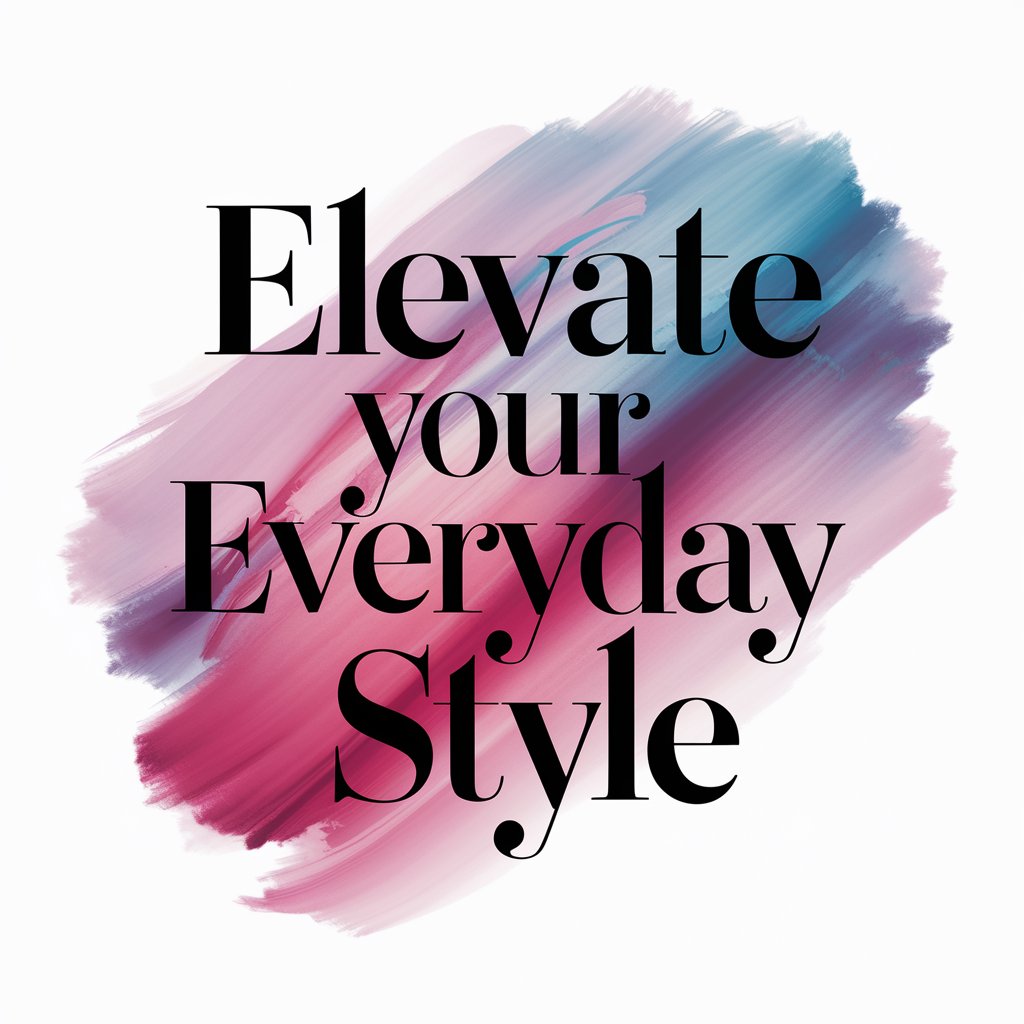Trade shows are more than just events; they’re opportunities to showcase your brand, engage with potential clients, and leave a lasting impression. A well-designed custom trade show booth can make all the difference. However, creating an effective booth involves more than just aesthetics—it requires strategic planning, attention to detail, and a clear understanding of your objectives.
In this article, we’ll explore common challenges in trade show booth design and provide practical solutions to help you create an engaging and effective booth that stands out.
Understanding the Importance of Custom Trade Show Booths
Why Invest in a Custom Booth?
Custom trade show booths offer several advantages over standard setups. They allow for unique branding opportunities, tailored layouts, and the incorporation of interactive elements that can attract and engage attendees. A custom booth reflects your brand’s identity and can set you apart from competitors.
The Role of Design in Attendee Engagement
The design of your booth plays a crucial role in capturing the attention of attendees. Elements like layout, lighting, signage, and interactive features can influence how visitors perceive your brand and whether they choose to engage with your booth.
Common Challenges in Trade Show Booth Design
1. Budget Constraints
Problem: Designing a custom booth can be costly, especially when considering materials, technology, and logistics.
Solution: Prioritize essential elements that align with your brand and objectives. Consider modular designs that can be reused for multiple events, and explore cost-effective materials that don’t compromise quality.
2. Limited Space
Problem: Trade show booths often have limited space, making it challenging to display products and engage with attendees effectively.
Solution: Optimize your booth layout by using vertical space, incorporating multi-functional furniture, and ensuring clear pathways to avoid congestion.
3. Technical Difficulties
Problem: Incorporating technology into your booth can lead to technical issues, such as equipment malfunctions or connectivity problems.
Solution: Test all equipment before the event, have backup devices available, and ensure your staff is trained to handle technical issues promptly.
4. Inconsistent Branding
Problem: A booth that lacks cohesive branding can confuse attendees and dilute your brand message.
Solution: Ensure all elements of your booth, from signage to promotional materials, align with your brand’s colors, fonts, and messaging.
Strategies for Effective Booth Design
1. Focus on Visitor Flow
Design your booth layout to facilitate easy movement and interaction. Avoid clutter and ensure there are clear pathways for attendees to navigate your space comfortably.
2. Incorporate Interactive Elements
Engage attendees by incorporating interactive features like touchscreens, product demonstrations, or virtual reality experiences. These elements can enhance visitor engagement and leave a lasting impression.
3. Utilize Lighting Effectively
Proper lighting can highlight key areas of your booth and create an inviting atmosphere. Use a combination of ambient, task, and accent lighting to draw attention to important displays.
4. Train Your Staff
Your booth staff are the face of your brand during the event. Ensure they are knowledgeable, approachable, and trained to engage with attendees effectively.
Post-Event Strategies
1. Collect Contact Information
Gather contact details from booth visitors to follow up after the event. This can lead to potential sales and long-term relationships.
2. Evaluate Performance
Assess the success of your booth by reviewing attendee engagement, lead generation, and overall feedback. Use this information to improve future booth designs.
3. Follow Up Promptly
Reach out to contacts gathered during the event promptly to maintain interest and continue the conversation.
Conclusion
Designing a custom trade show booth presents both challenges and opportunities. By understanding common issues and implementing strategic solutions, you can create a booth that not only attracts attendees but also effectively communicates your brand’s message. Remember, a successful booth is one that engages visitors, reflects your brand identity, and drives meaningful interactions.
By focusing on thoughtful design, effective engagement strategies, and post-event follow-up, you can maximize the impact of your trade show presence and achieve your business objectives.






